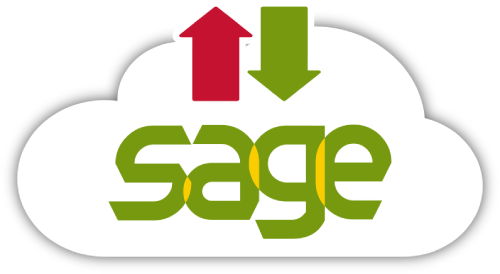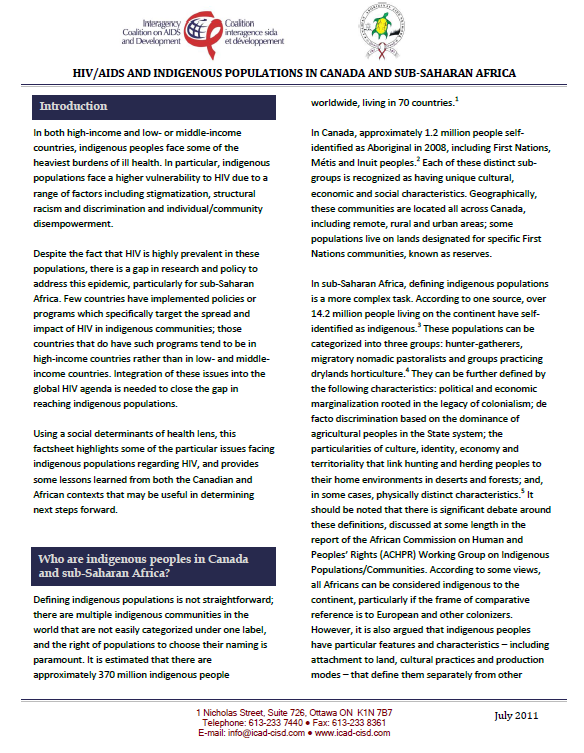In both high-income and low- or middle-income countries, indigenous peoples face some of the heaviest burdens of ill health. In particular, indigenous populations face a higher vulnerability to HIV due to a range of factors including stigmatization, structural racism and discrimination and individual/community disempowerment.
Despite the fact that HIV is highly prevalent in these populations, there is a gap in research and policy to address this epidemic, particularly for sub-Saharan Africa. Few countries have implemented policies or programs which specifically target the spread and impact of HIV in indigenous communities; those countries that do have such programs tend to be in high-income countries rather than in low- and middle-income countries. Integration of these issues into the global HIV agenda is needed to close the gap in reaching indigenous populations.
Using a social determinants of health lens, this factsheet highlights some of the particular issues facing indigenous populations regarding HIV, and provides some lessons learned from both the Canadian and African contexts that may be useful in determining next steps forward.
This Factsheet was produced in collaboration with the Canadian Aboriginal AIDS Network.

